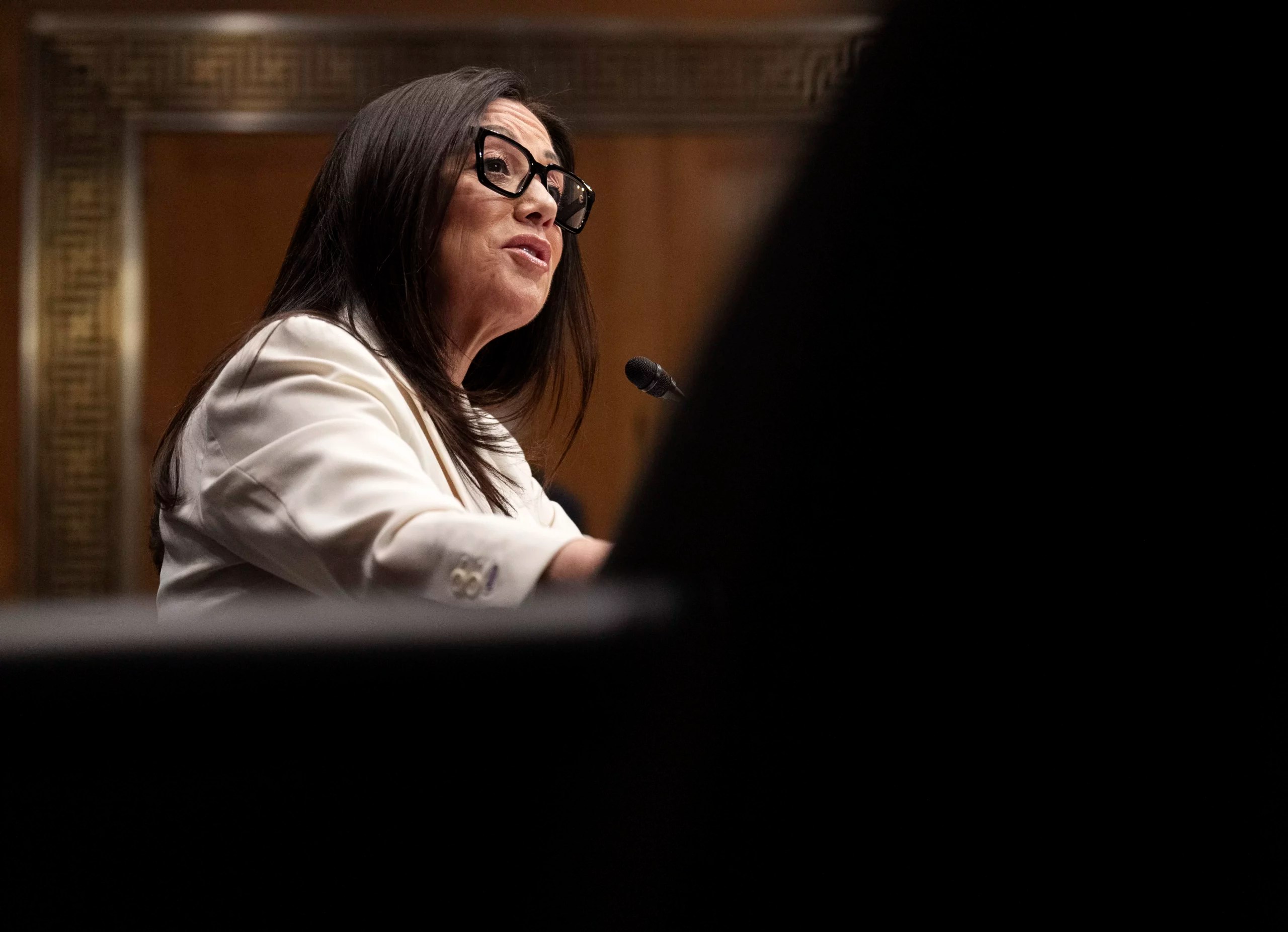


If you listen to the press and self-aggrandizing activists from pro-labor conservative groups (some of which, like American Compass, are funded by left-wing Big Philanthropy groups such as the Hewlett Foundation), the Trump administration is making a major shift by appointing a pro-union labor secretary in former Rep. Lori Chavez-DeRemer rather than a supporter of the Republican “Taft-Hartley consensus” approach followed by Trump’s first administration.
In reality, Trump II is treading a long-worn path that was rejected by conservatives and Republicans for good reason: In the Eisenhower, Nixon, and Ford administrations, Big Labor got its seat in the Cabinet, too. The results were attempts to enact bad policies to benefit union bosses, internal political dissension on the Right as defenders of worker freedom rallied to block those policies, and Big Labor bosses sticking with their 100-year alliance with liberal and progressive Democrats.
When former President Dwight D. Eisenhower took office as the first Republican president after the Depression and, more relevantly to this story, the passage of the National Labor Relations Act that codified modern union-management relations, he appointed a Cabinet of “eight millionaires and a plumber.” The plumber was Martin Durkin, the head of the United Association of Journeymen and Apprentices of the Plumbing and Pipe Fitting Industry of the United States and Canada, also known as the plumbers’ union.
Durkin was brought in on the assumption he had one job: walk back the Taft-Hartley amendments to the NLRA that a brief Republican-controlled Congress passed over former President Harry Truman’s veto in 1947 after the congressional Republicans surged in part thanks to economic fallout from a massive wave of strikes. Former Sen. Joseph Ball wrote in alarm that the Durkin proposals “would have cut the heart out of the restrictions on compulsory union membership, the prohibition of secondary boycotts, and the safeguards on union welfare funds” previous Republicans enacted.
When Durkin presented his proposals, Eisenhower balked and said he did not support them. Durkin quit after eight months in office, returning to union leadership. Eisenhower’s labor legacy would end up in line with the Taft-Hartley approach, as the Labor Management Reporting and Disclosure Act of 1959, which regulated union finances and restricted secondary boycotts, passed in response to congressional revelations of corruption in the (Republican-friendly) Teamsters Union.
Former President Richard Nixon may have put some union officials (most prominently AFL-CIO No. 2 Lane Kirkland) on his infamous “enemies list,” but after his controversial landslide reelection, he put one in his Cabinet: Peter Brennan, who led the New York City Construction Trades Council. It was a transparent political play: Brennan persuaded construction workers to rally to support Nixon’s Vietnam War policies, so Nixon put him in the Cabinet.
TRUMP LABOR NOMINEE BACKTRACKS FROM PRO-UNION BILL IN CONFIRMATION HEARING
After Nixon resigned, former President Gerald Ford sacked Brennan and replaced him with another supporter of Big Labor, labor-relations academic John Dunlop. Dunlop’s support for legislation expanding construction unions’ power to strike against multiple-contractor worksites (known as “common situs picketing”) ended up exacerbating a split in the Republican Party. Thanks to pushback from supporters of the Taft-Hartley consensus mobilized by the National Right to Work Committee, as well as former President Ronald Reagan’s primary challenge to Ford’s nomination for the 1976 presidential election, a spooked Ford vetoed the legislation. Dunlop, who believed Ford double-crossed him, resigned.
None of these efforts to court Big Labor paid off in the long run for Republicans or conservatives. Union bosses continued endorsing Democrats against Eisenhower, Nixon, and Ford, and blue-collar workers who switched parties for those three candidates largely hung around to support Reagan as the “Reagan Democrats.” This history should be a lesson for the current administration and for Republicans such as Chavez-DeRemer, who say they want to “protect” workers by strengthening union bosses. It is not a path either to economic prosperity for the nation or to workers supporting those policymakers.
Michael Watson is the research director at Capital Research Center in Washington, D.C.
